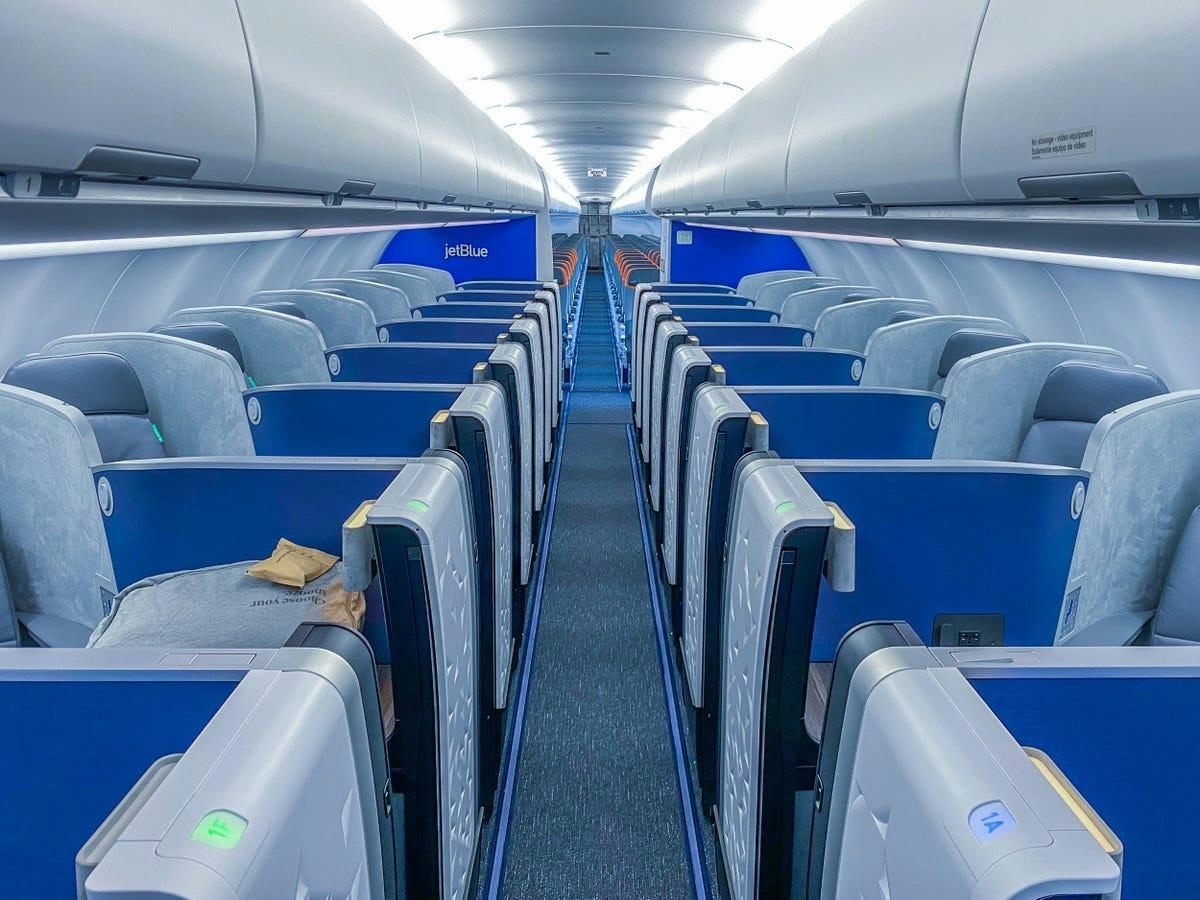
AeroGenie - مساعد الطيار الذكي الخاص بك.
الرائج الآن
Categories
Recent Developments in Joby Aviation Stock
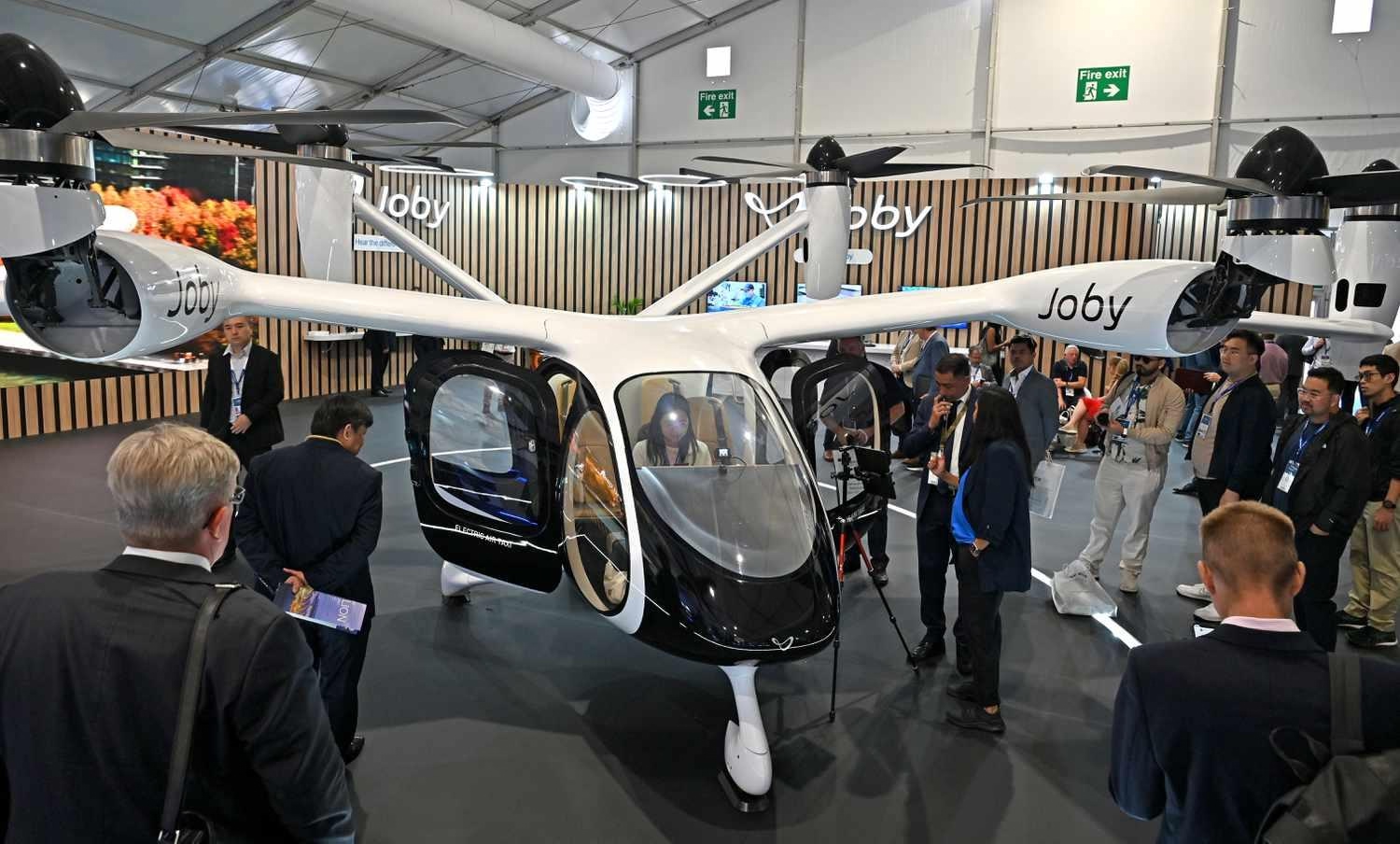
Recent Developments in Joby Aviation Stock
Momentum in Urban Air Mobility
Joby Aviation (NYSE: JOBY), a California-based pioneer in electric vertical take-off and landing (eVTOL) aircraft, is advancing steadily in its pursuit of electric air taxi services. The company recently unveiled its five-seat, multi-rotor electric air taxi at Grand Central Terminal’s Vanderbilt Hall in New York City, underscoring its commitment to transforming urban transportation. Over the past year, Joby’s stock has surged by 65%, reflecting heightened investor enthusiasm for the eVTOL sector. This surge is driven by growing demand for air taxi services, strategic partnerships, and tangible progress toward commercial operations.
A significant factor bolstering investor confidence is Toyota Motor Corporation’s substantial investment in Joby, totaling nearly $900 million. This includes a recent $250 million capital injection aimed at supporting certification efforts and ramping up commercial production. Other prominent investors such as Delta Air Lines and Uber further reinforce faith in Joby’s business model and manufacturing capabilities.
Market Challenges and Competitive Landscape
Despite these positive developments, market sentiment remains cautious. Cantor Fitzgerald recently downgraded Joby Aviation, expressing concerns about limited near-term upside potential. The broader eVTOL sector has encountered challenges as well; for instance, competitor Archer Aviation raised $850 million but has seen significant stock declines, which may temper investor enthusiasm toward Joby.
Joby is preparing to launch its air taxi service in key U.S. cities, with Los Angeles and New York City identified as initial markets. These efforts are progressing through partnerships with Delta and Uber, with service expected to commence following final certification from the Federal Aviation Administration (FAA). A notable milestone was recently achieved when Joby completed its first FAA-conforming major sub-assembly—the aircraft tail—marking a critical step in the certification process.
Global Expansion and Manufacturing Scale-Up
On the international front, Joby is expanding through strategic alliances. The company has partnered with Virgin Atlantic to introduce its air taxi service in the United Kingdom and with ANA Holdings Inc., Japan’s largest airline, to bring eVTOL operations to Japan. In the Middle East, Joby signed a definitive agreement in February 2024 with Dubai’s Road and Transport Authority (RTA) and Skyports, securing exclusive access to the Dubai air taxi market for six years starting in 2026. This partnership aims to develop vertiport networks, positioning the United Arab Emirates as a pivotal early market in Joby’s global expansion strategy.
To support its ambitious growth plans, Joby is scaling up manufacturing capacity with a planned investment of up to $500 million in a new production facility in Dayton, Ohio, complementing its existing site in Marina, California. These investments, combined with strong financial backing and strategic partnerships, position Joby to capitalize on the emerging urban air mobility market, even as operational and regulatory challenges remain ahead of its commercial launch.
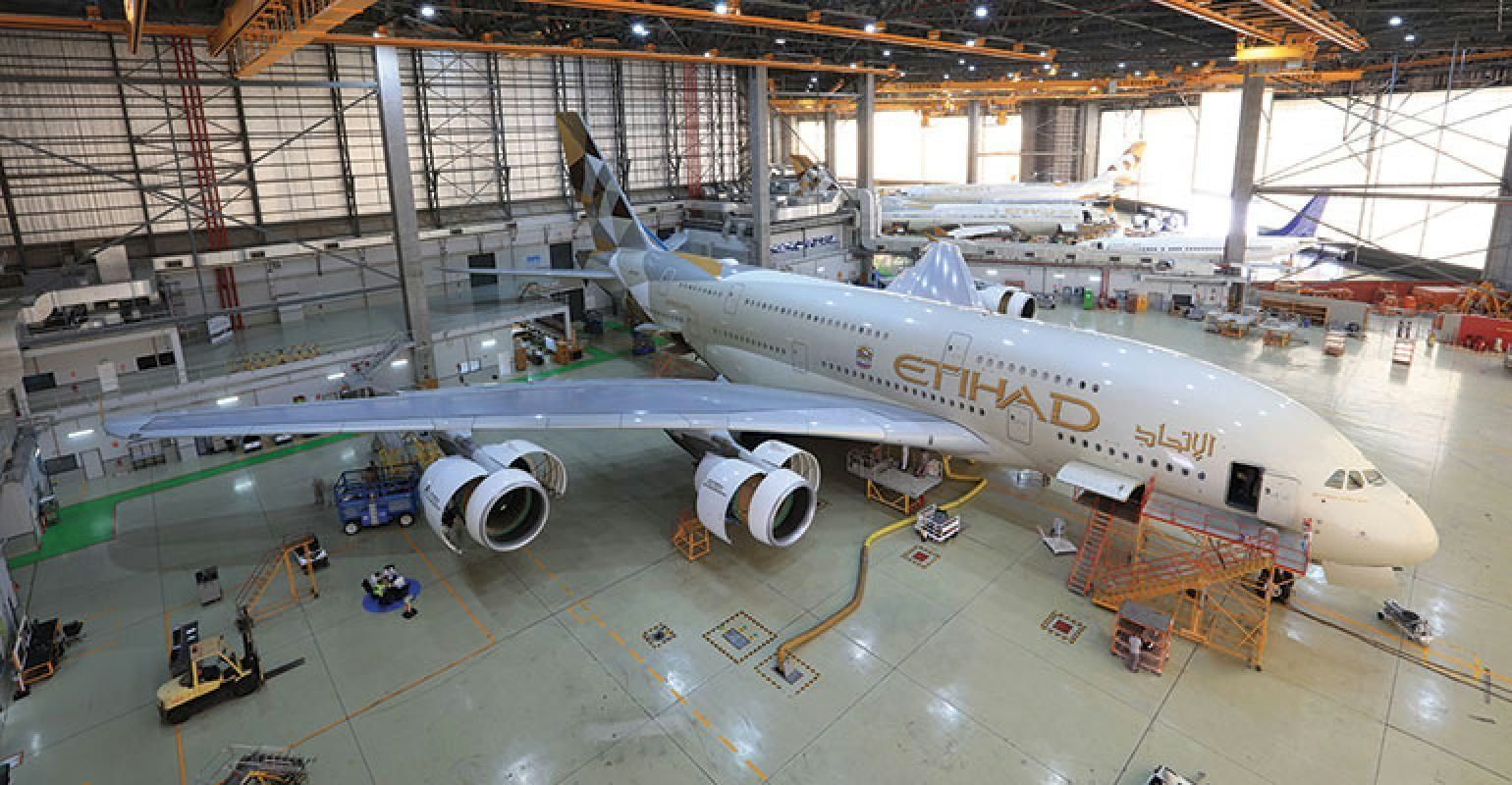
Etihad Airways’ Airbus Widebody Expansion Supports UK Manufacturing
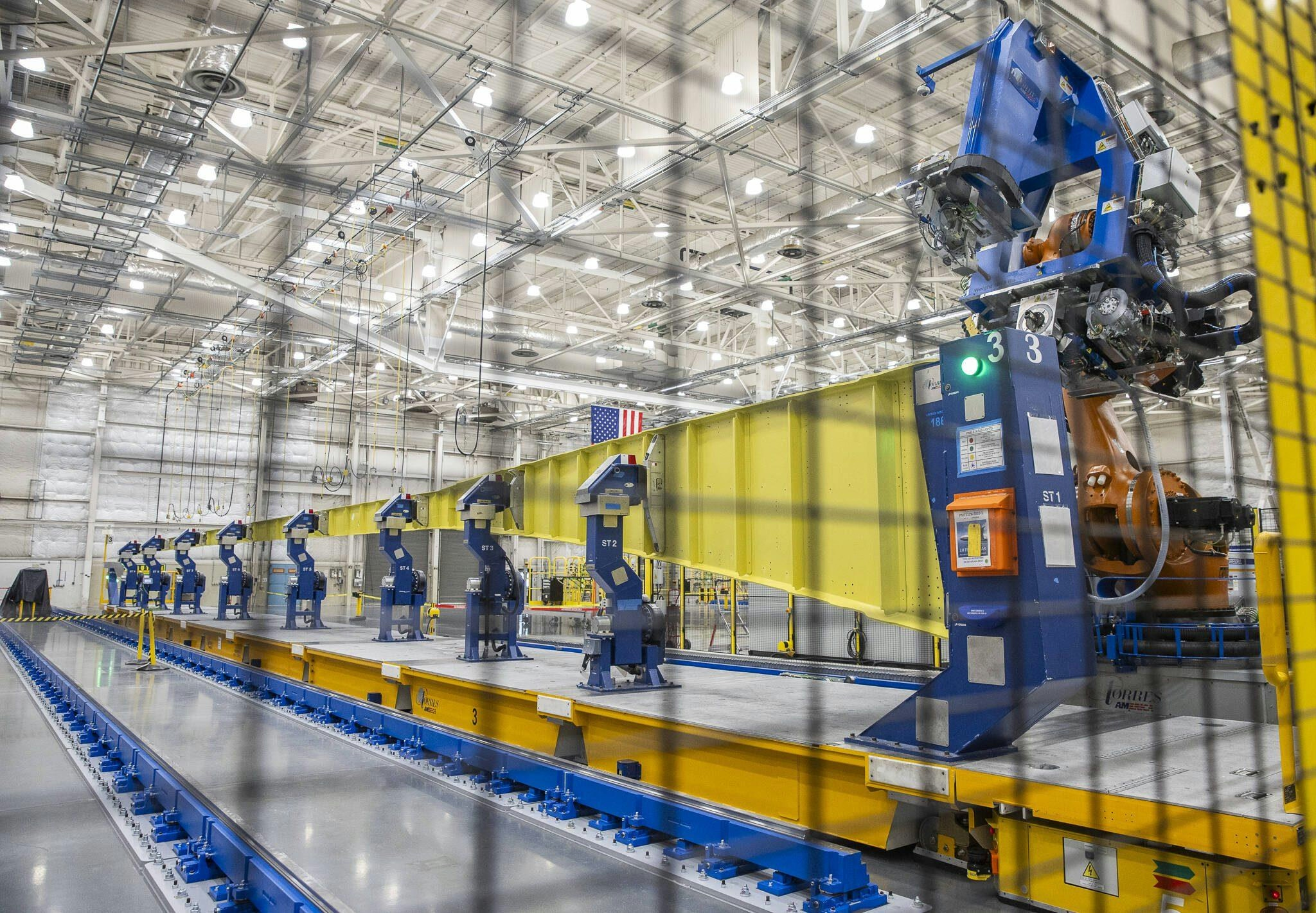
Boeing’s Progress on 777X Production
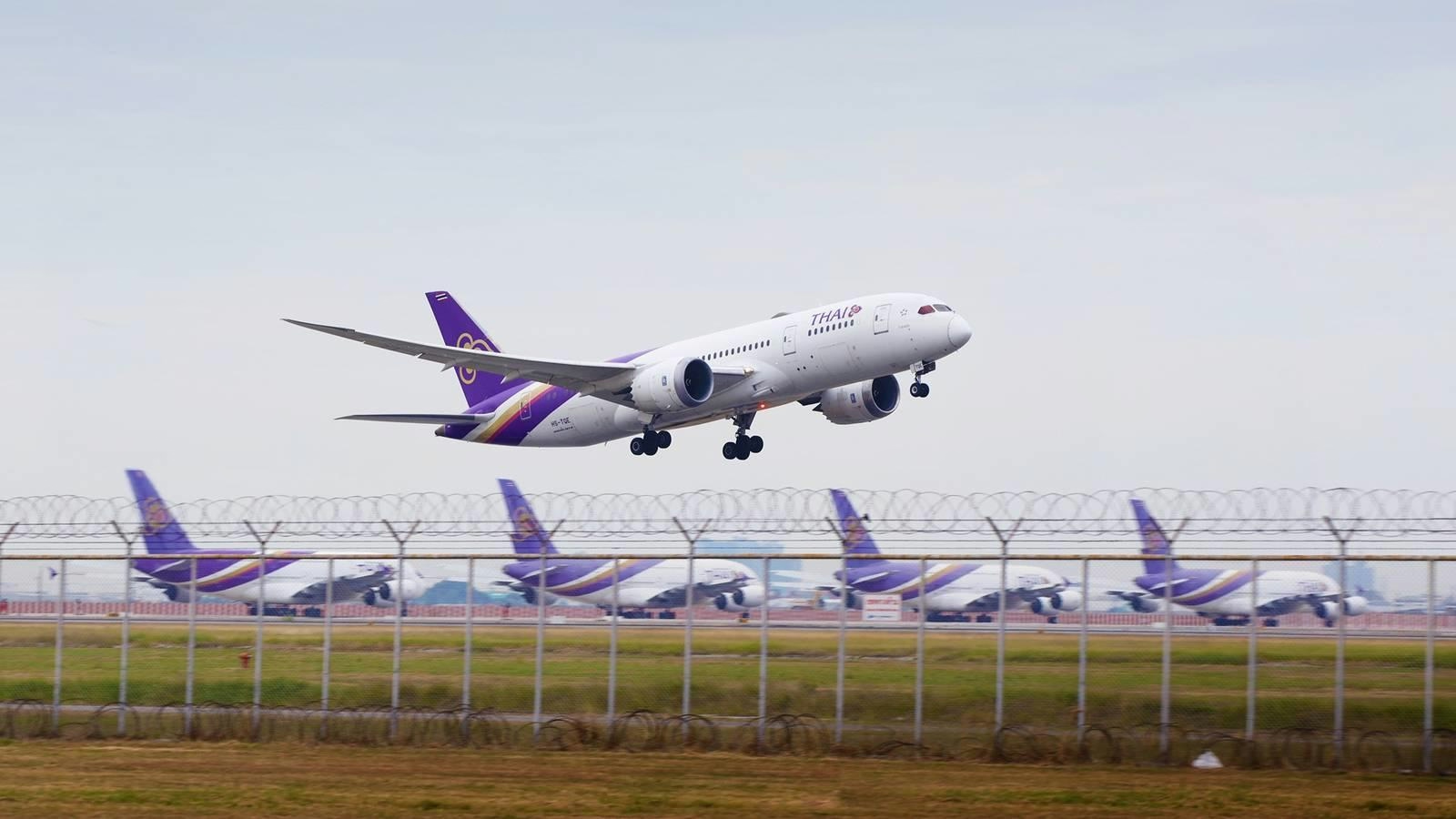
Thai Airways seeks more widebodies to develop its hub strategy
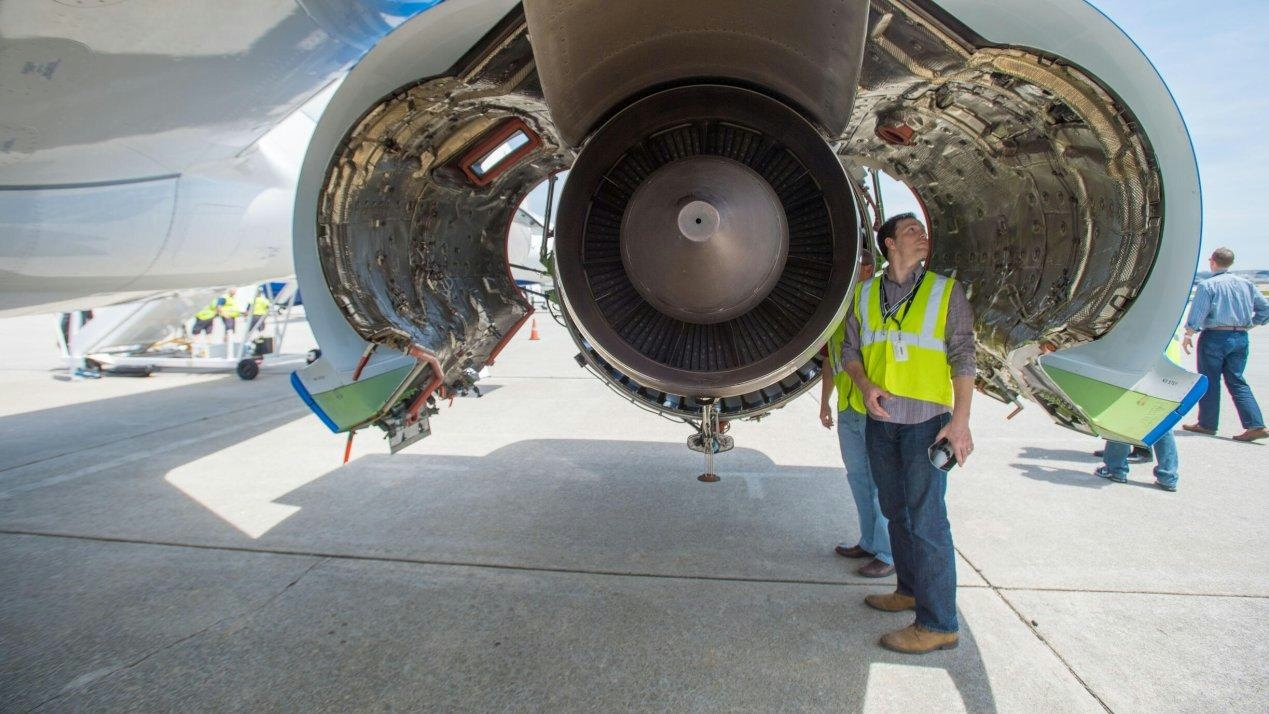
Engine Shortages Pose Major Challenge for Airbus A220

TLC Jet to Acquire Private Aviation Operator Privaira
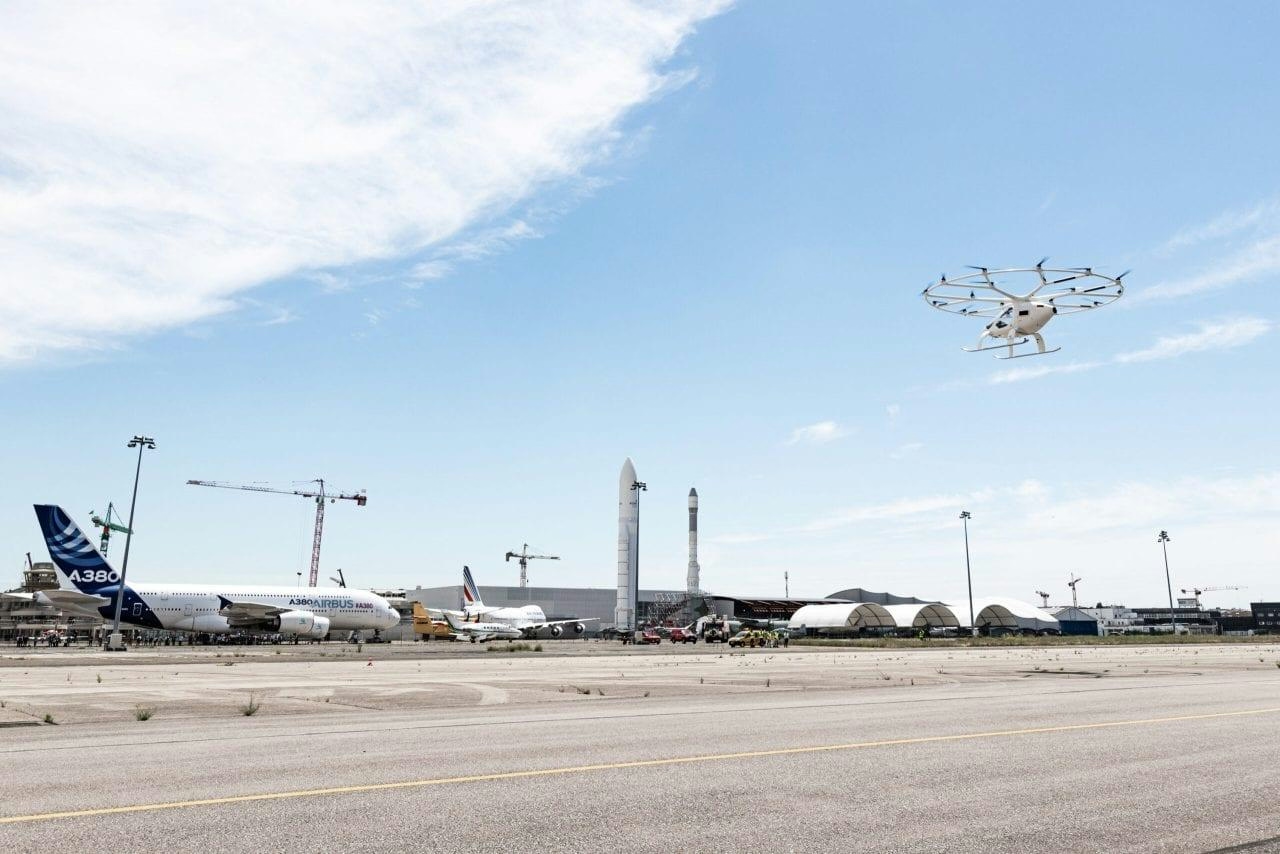
Volocopter to Launch First European eVTOL Sandbox Program in 2026
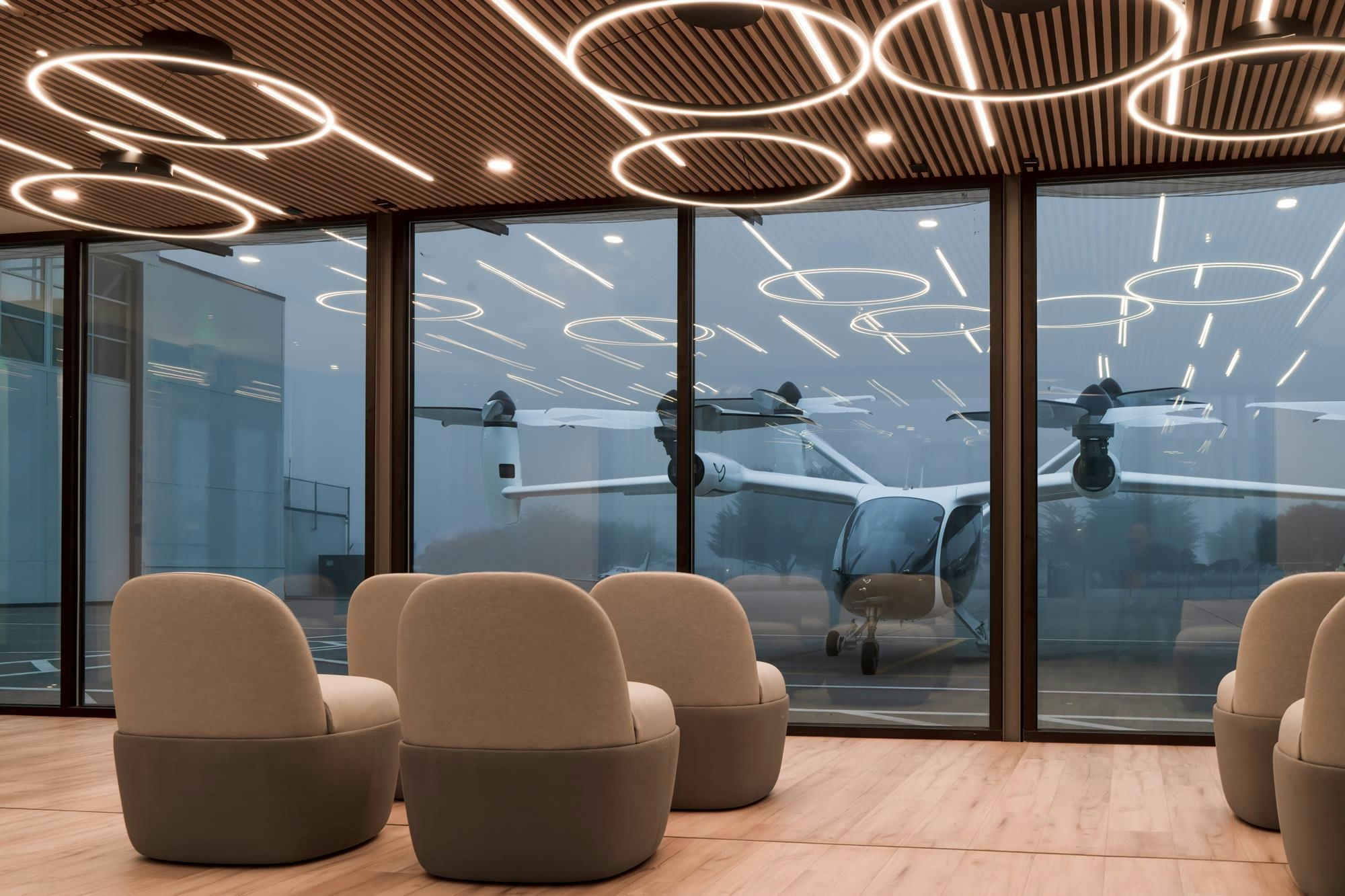
Joby Reveals Locations for New Vertiports
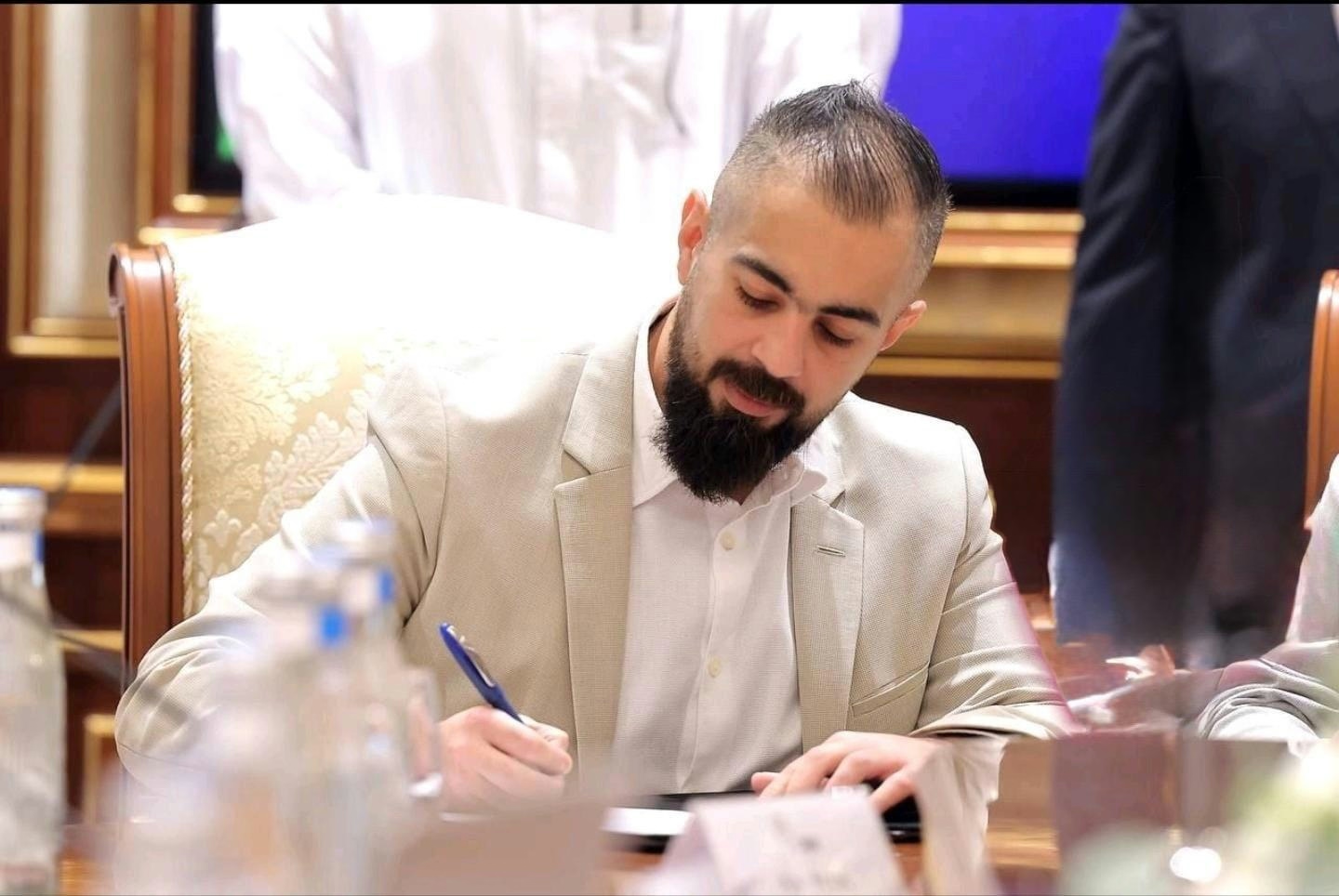
Ariyax Capital Launches AXPT Initiative

Report: 747 Engine at Full Throttle During Fatal Hong Kong Runway Excursion
